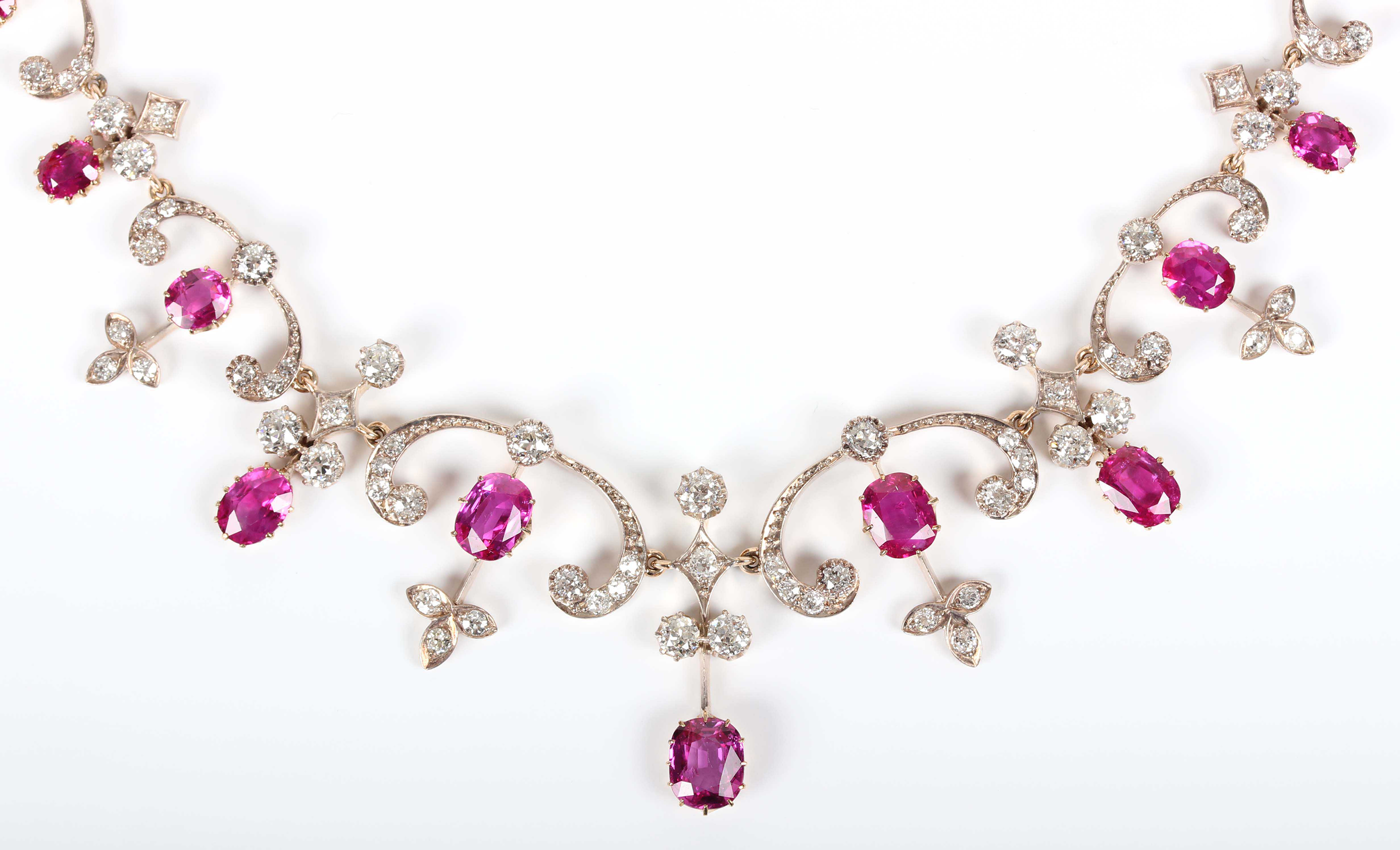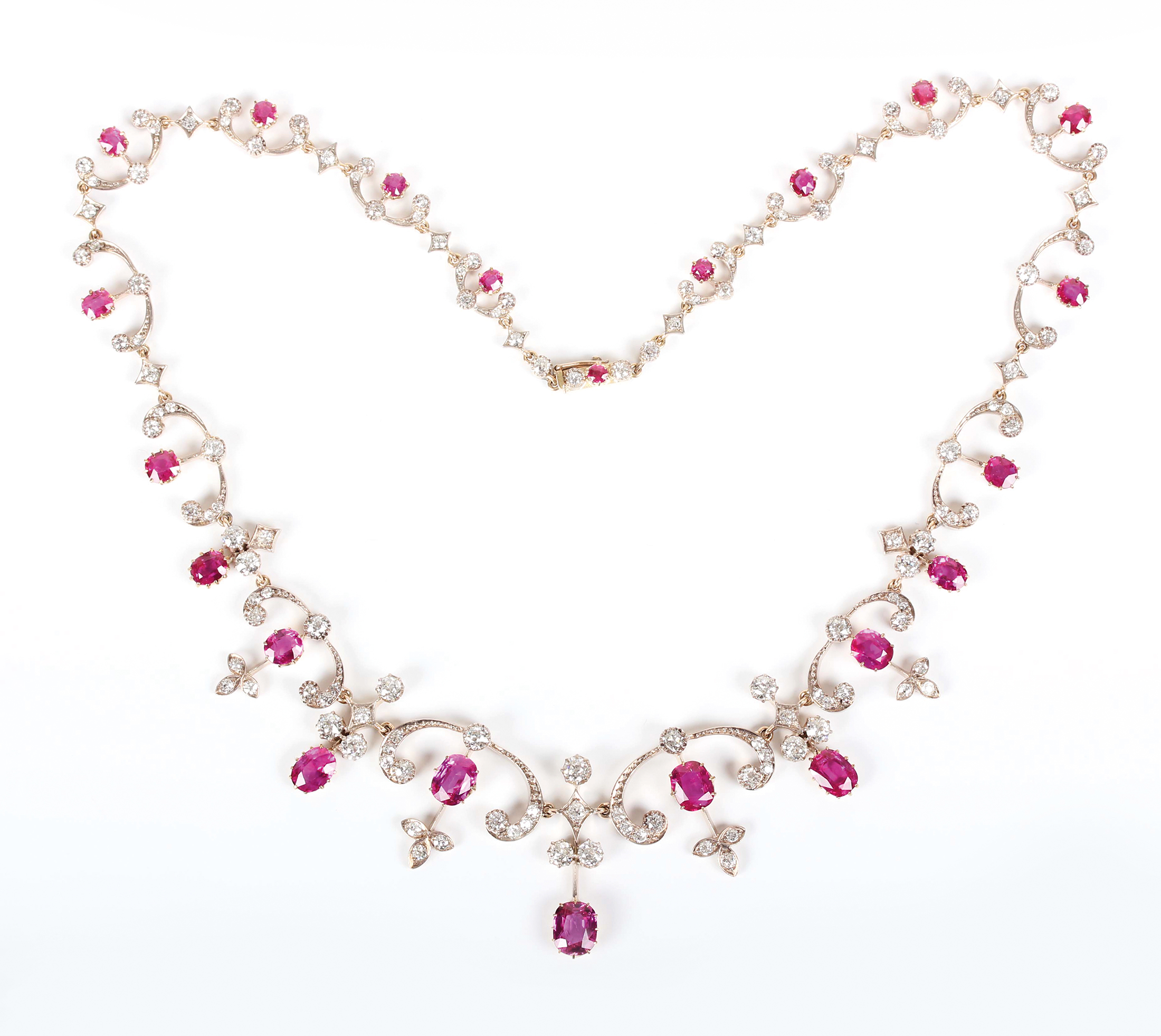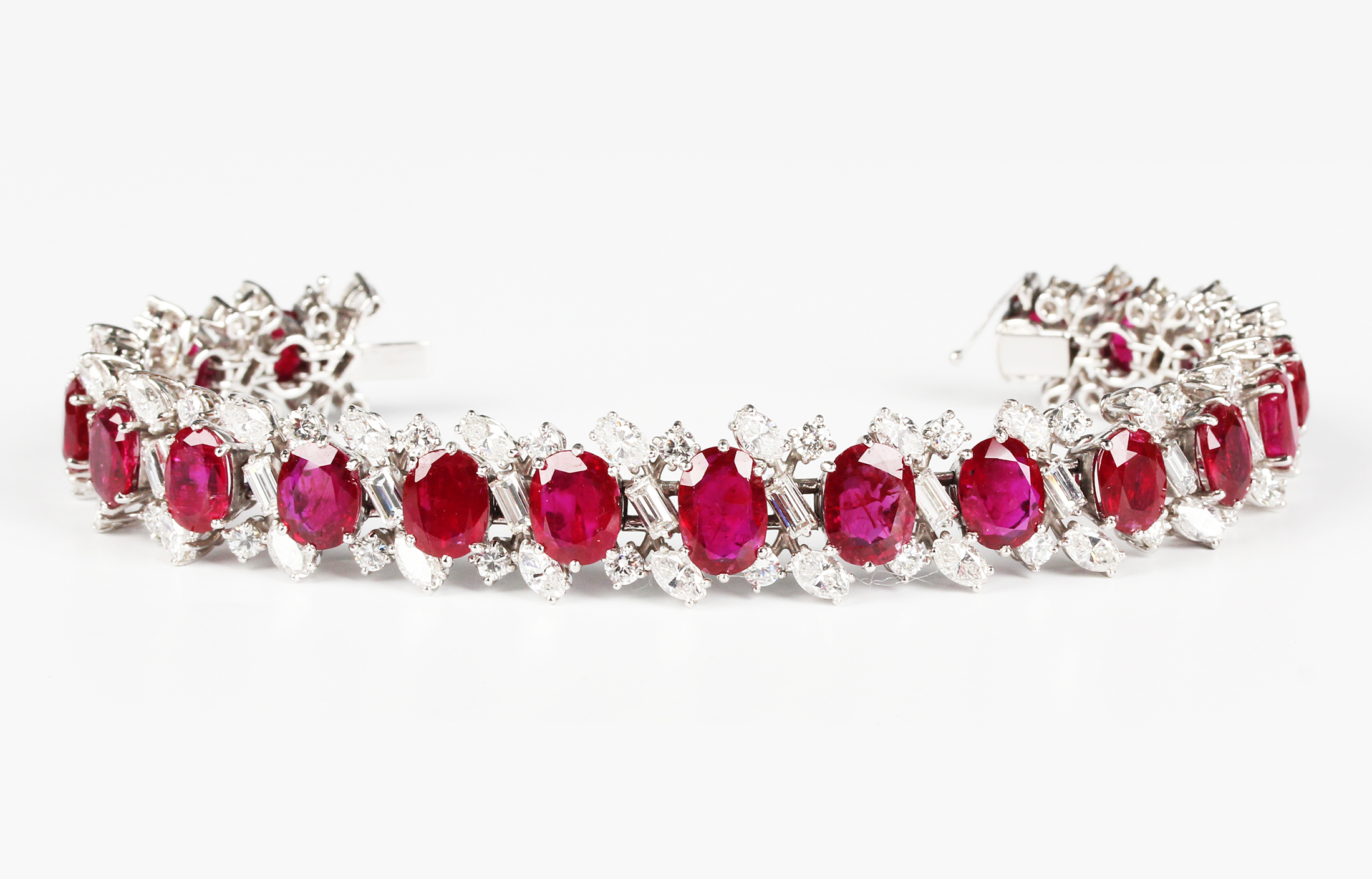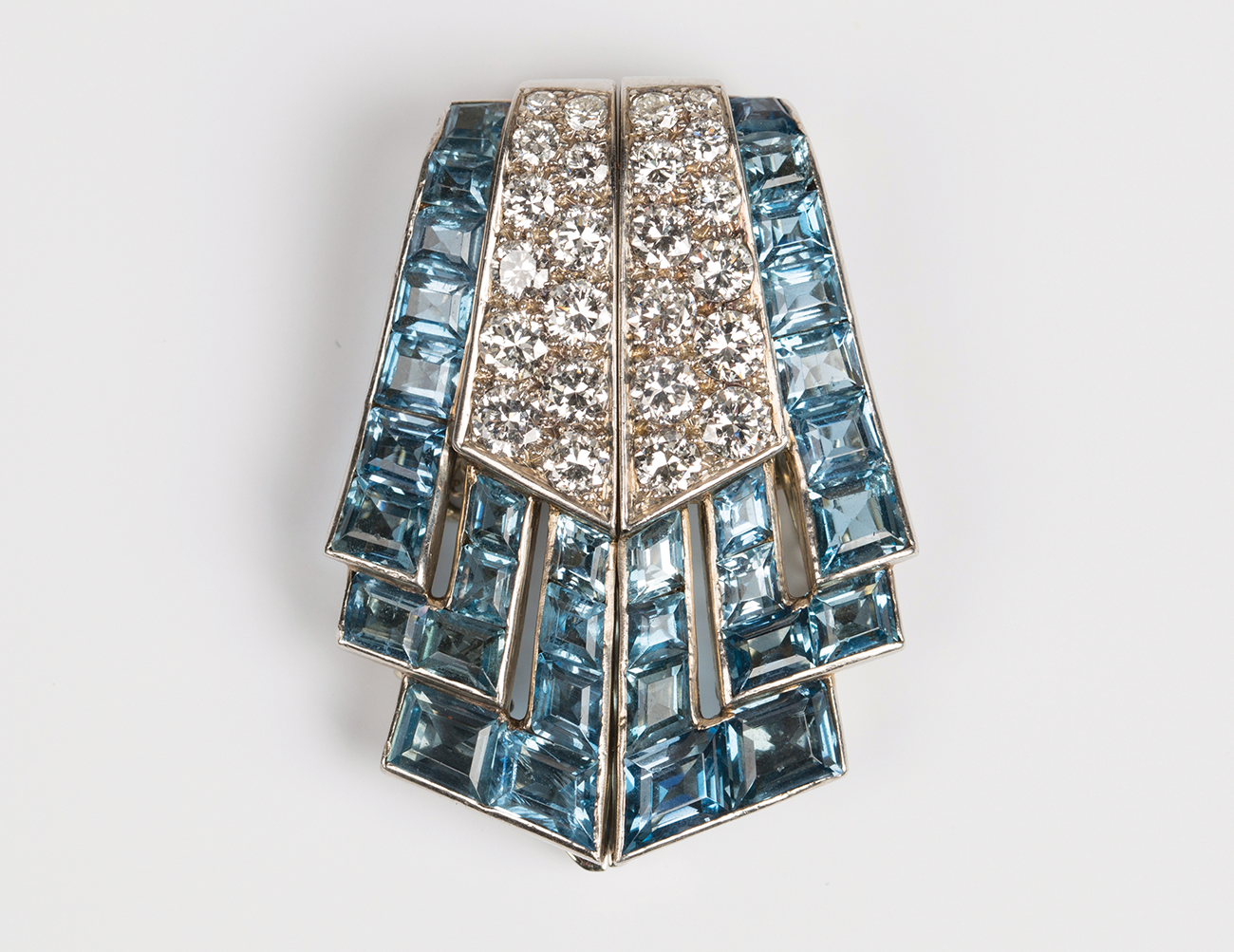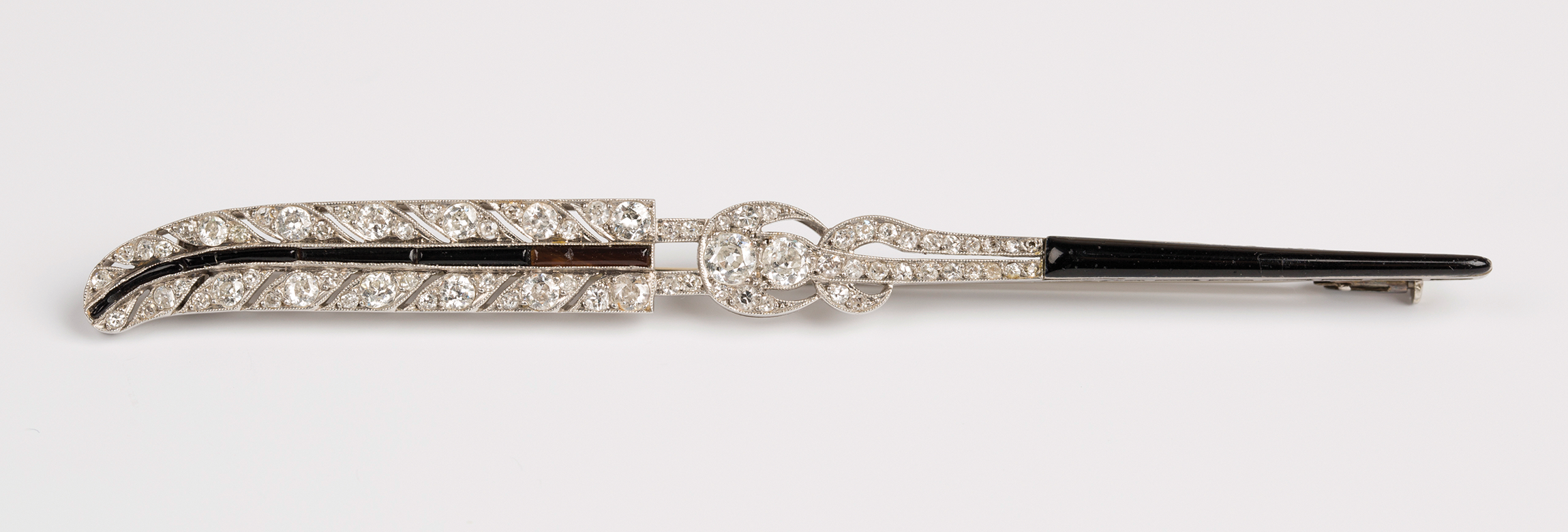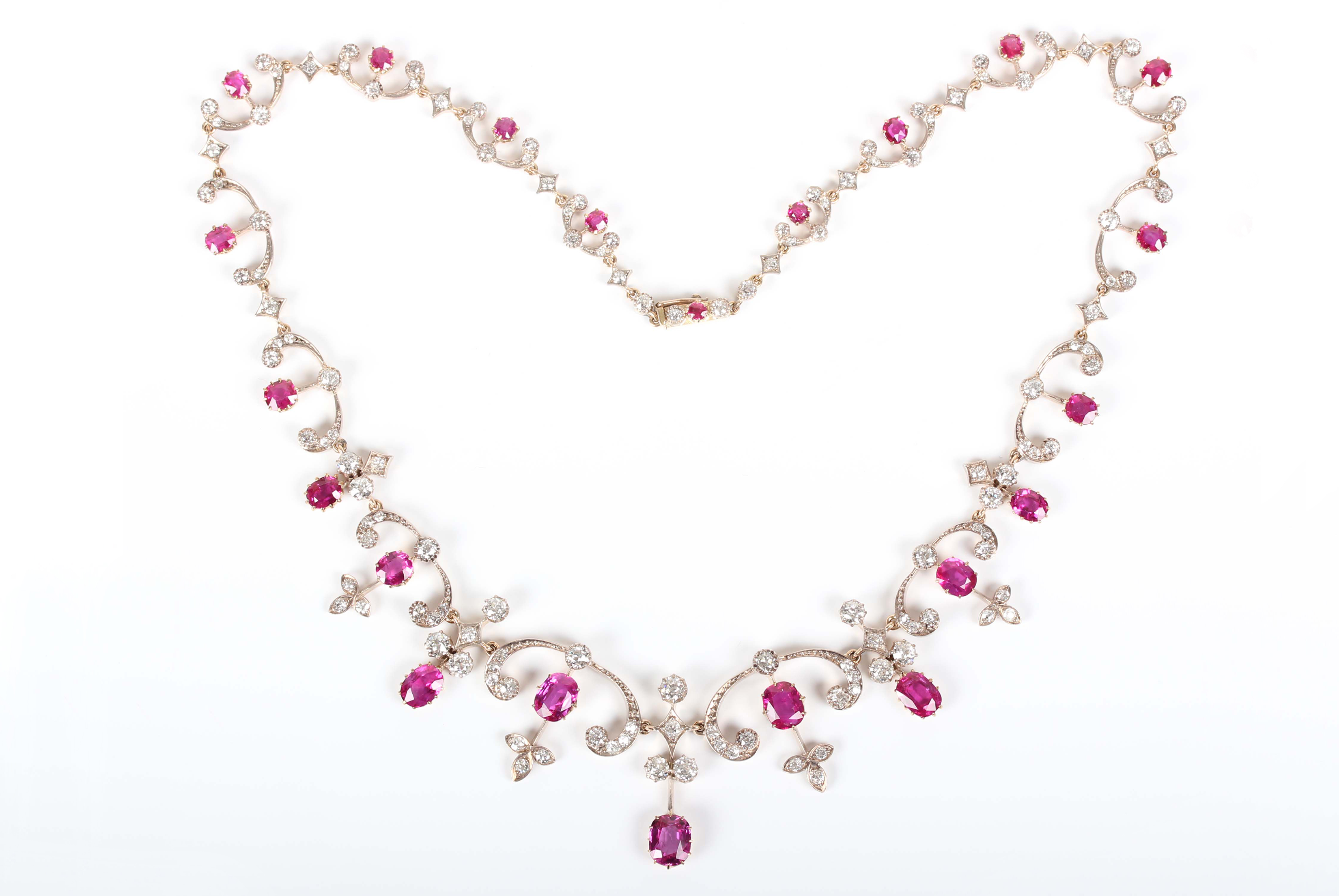
As we look towards an exciting 2025 with a number of significant collections already consigned for sale I’ve been reflecting on the art, antique and collectors’ markets which remained buoyant throughout 2024.
It remains true that the art and objects most keenly sought by collectors are those which transcended the purely decorative.
Jewellery so often reflects points of love in our lives and is a celebration of that important human purpose to be creative and make beauty in the world. Rubies are over 500 million years old and amongst the world’s most valued gemstones. As the 19th century drew to a close Victorian tastes were reinterpreted in lighter more delicate styles influenced by France’s Belle Époque which spanned from the late 19th century up until the start of the Great War in 1914. It was characterised by optimism, regional peace, economic prosperity, scientific and technological advances and an era where the arts flourished influencing the tastes of other nations including our own. Amongst my favourite things sold last year was a wonderful late 19th century gold backed, silver set, ruby and diamond necklace was in the garland style made famous by Cartier which sold for £13,000 at Toovey’s. Jewellery remains one of the strongest collectors’ markets today.
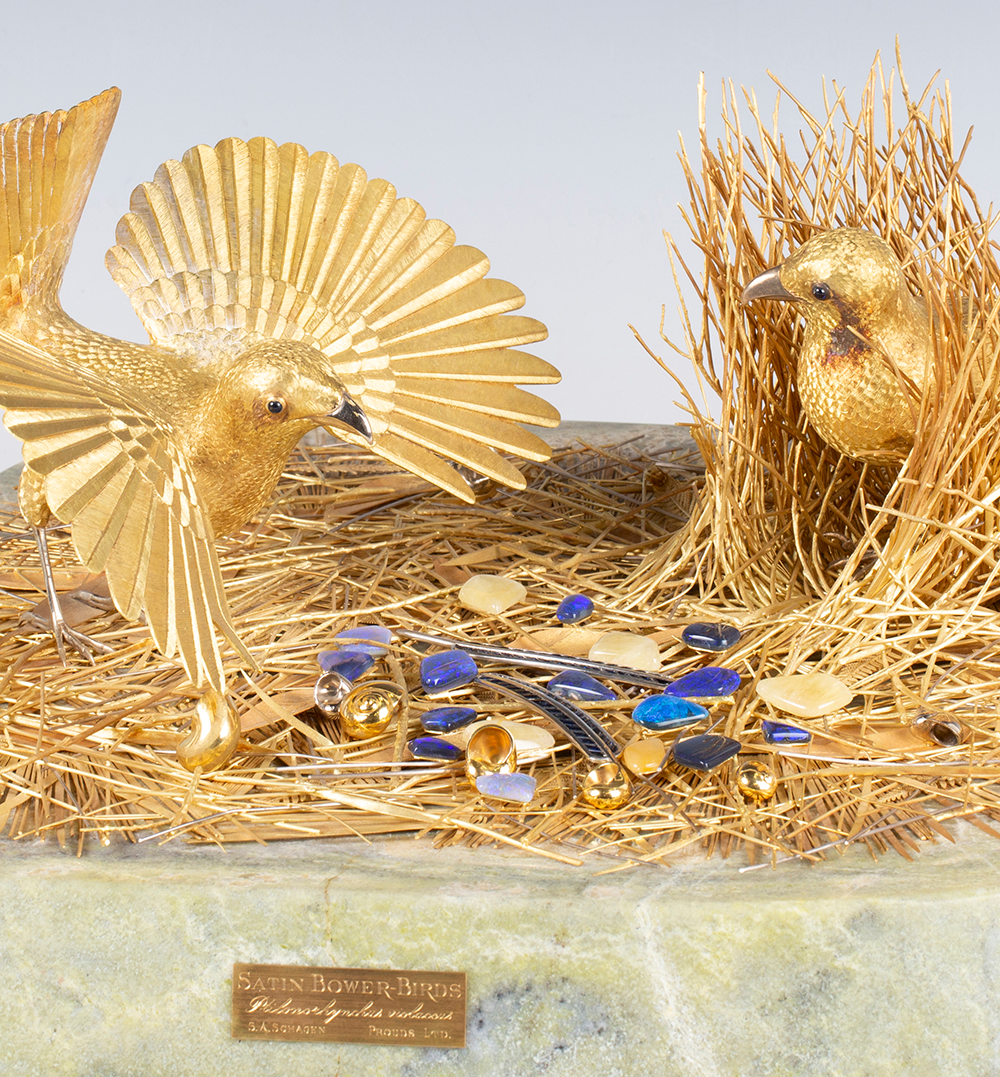
There was virtuosity in the impressive mid-20th century Australian varicoloured gold figure group, titled ‘Satin Bowerbirds Ptilonorhynchus violaceus’ by S.A. Schagen which was very finely modelled. The detail and composition was superb. The sculpture measured 52cm wide and was entered by a Sussex collector. It made £200,000 at Toovey’s. It depicted a courtship display between a male dancing with wings outspread, and a female bird standing in her nest or bower made of a bed of sticks. The scene was given life with a scattering of shells, opals and agates, and two platinum and sapphire feathers. The Satin Bowerbird is a native of the forest habitats of Australia’s East Coast and New Guinea.
I founded Toovey’s almost 30 years ago. From the beginning I wanted to model a different way of being business where people, our clients and team, came first. As a business we continue to support and serve many of the charities, arts organisations, festivals, and communities which make Sussex such an exceptional place. Objects allow us to share the stories of our lives. They are the patchwork quilt of our lives. It has always been, a great privilege accompanying people through their objects and it remains so.
